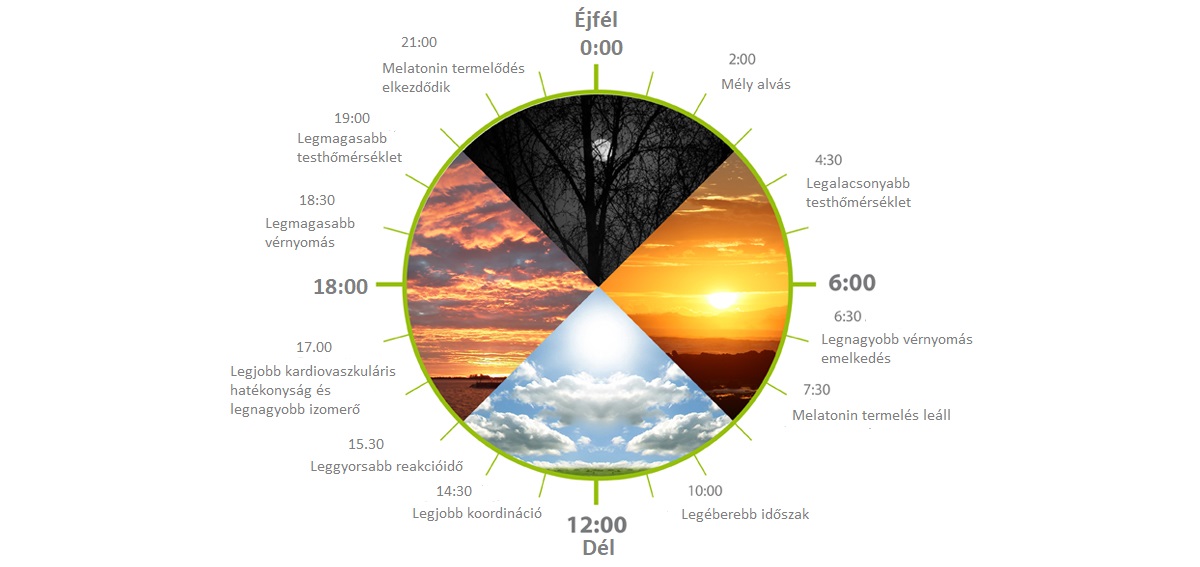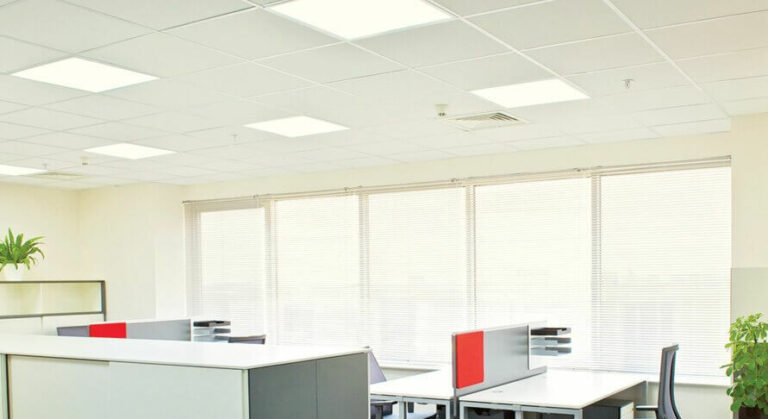
What does human-centred lighting mean in smart buildings?
When designing lighting for smart buildings, typically office buildings, more attention should be paid to Human Centric Lighting.When designing lighting for smart buildings, typically office buildings, more attention should be paid to Human Centric Lighting.
Human-centred lighting is based on the circadian rhythm, which is effectively the biological clock of the human day. It is a 24-hour cycle that is controlled by people's internal time-keeping system, aided by external stimuli. The most important of these is sunlight, which is as vital a nutrient for the human body as food and water. The circadian rhythm allows living organisms to adapt to and prepare for regular changes in the environment.

We try to transfer this circadian rhythm to the buildings. This means that we use artificial light to simulate the changes in natural light, both in brightness and colour temperature. In this way, light feels natural, which has an impact on performance and mood.We are trying to translate this circadian rhythm into buildings. This means using artificial light to simulate the variations in natural light, both in brightness and colour temperature. This makes the light feel natural, which affects performance and mood.
We spend a significant part of our days, by some estimates nearly 90%, indoors. A motivating and supportive working environment is therefore now essential, and lighting plays a vital role in setting our circadian clocks to natural daylight cycles.
Human-centred lighting is designed for the comfort of work areas, and its design takes into account three types of effects that light can have on employees:
VIZUAL EFFECT
- Provides a visually pleasing and glare-free workspace
- Improves the quality of perceived lighting and the attractiveness of workspaces
- Enhances the emotional connection with space
ESSENTIAL EFFECT
- Promotes a balanced emotional state
- Improves resilience in stressful situations
- Reduces fatigue and anxiety
BIOLOGICAL EFFECT
- Enhances alertness, cognition and productivity
- Regulates sleep/wake cycles and body temperature
- Improves immunity so workers miss less- Enhances alertness, cognition and productivity
- Regulates sleep/wake cycles and body temperature
- Improves immunity so workers miss less
Brightness:

Colour temperature:








The benefits of human-centred lighting
Mood
Productivity
Visual acuity
Circadian cycle
Detection
Sustainability
People-centred lighting therefore has a positive effect on mood and bodily functions, and a positive effect on depression and anxiety. There are many benefits to using it in offices where people spend most of the day.
Daylight changes
In the morning, bright light with a high colour temperature can get the day off to a good start by suppressing residual melatonin in the body and increasing cortisol levels.
The so-called "post-lunch dive" is a time of reduced alertness, which occurs between 13.00 and 16.00. Afternoon alertness can therefore be increased by using higher colour temperatures and light levels.
As work can go on well into the evening, warm, comfortable lighting can help create the right conditions for melatonin production and prepare for a good night's sleep. This will help employees arrive at work well rested the next day.

Night lights
People who regularly work night shifts are working against their biological clock and biorhythm. Bright light at night increases night alertness and improves work efficiency. However, over the long term, bluish-white light exposure can cause severe disruptions to sleep cycles, leading to stress, fatigue and other health problems.
The workplace must therefore have adequate lighting conditions to balance efficient working and proper sleep cycles. High colour temperature (bluish white light) and high light levels are recommended at the beginning of the evening shift. Switching to a lower light level and colour temperature at the end of the night shift will ensure a more pleasant state of mind before a restful sleep.People who regularly work night shifts are working against their biological clock and biorhythms. Bright light at night increases night alertness and improves work efficiency. However, over the long term, bluish-white light exposure can cause severe disruptions to sleep cycles, leading to stress, fatigue and other health problems.
The workplace must therefore have adequate lighting conditions to balance efficient work and proper sleep cycles. High colour temperature (bluish white light) and high light levels are recommended at the beginning of the evening shift. Switching to lower light levels and colour temperatures at the end of the night shift will ensure a more pleasant state of mind before a restful sleep.

